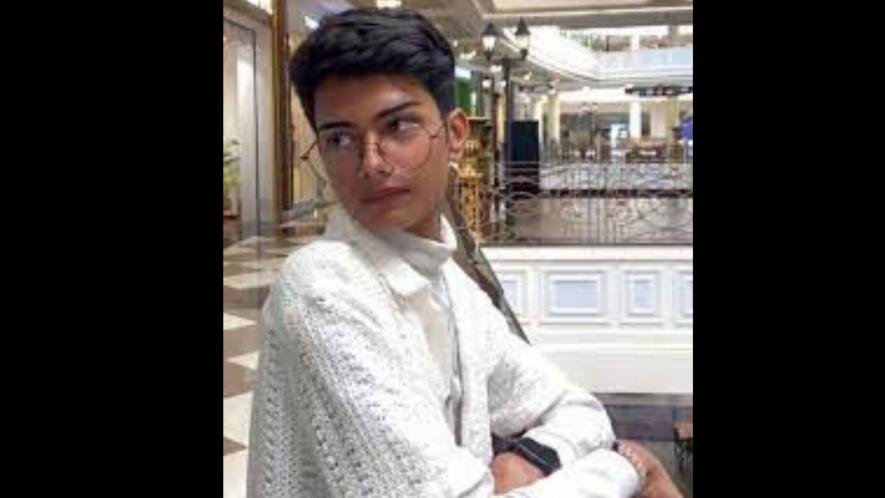Int'l community responsible for Israel's war crimes in Gaza — PA media office
Israeli forces resume its deadly attacks on Gaza soon after humanitarian pause ended on Friday morning.

The Israeli army targeted many houses and civilian areas in Gaza.
The Palestinian government in Gaza held the international community responsible for “the continuous Israeli war crimes” in Gaza, as Israel resumed attacks on the enclave soon after the humanitarian pause ended.
"The occupying Israeli army has resumed its brutal war against the Palestinian people in the Gaza Strip,” the government’s media office in Gaza said in a statement on Friday morning.
The Israeli army targeted many houses and civilian areas in Gaza, the office said, stressing: “The international community bears responsibility for the continuation of Israel's war against the Gaza Strip.”
The health authorities in Gaza have reported that 32 Palestinians were killed in ongoing Israeli bombardments.

Israeli warplanes targeted several areas in Gaza early on Friday.
“The international community, especially the United States, US President Joe Biden and Secretary of State Antony Blinken, are responsible for the crimes of the Israeli occupation and its brutal war against civilians, children and women in Gaza,” it added.
It said: “The law of war and international humanitarian law are violated. The international community gave Israel the green light to continue its attacks on the Gaza Strip.”
Several air strikes
“The Palestinian people have the right to defend themselves in every way, to gain their freedom and independence, to establish a Palestinian state with Jerusalem as its capital in accordance with international laws, and to completely clear their lands of occupation,” it said.
Israeli warplanes targeted several areas in Gaza early on Friday, according to an Anadolu correspondent on the ground.

Palestinian search and rescue team and civilians gather to conduct search and rescue operation among rubble of buildings following the end of the week-long 'humanitarian pause' after Israeli attacks on Al Maghazi refugee camp.
The pause between Israel and Hamas, which went into effect on Nov. 24, ended on Friday morning.
Heavy gunfire and Israeli artillery shelling in eastern Gaza also resumed.
Clashes between Israeli forces and Palestinian resistance factions are also underway in northern and central Gaza, the correspondent reported.
UN chief 'deeply' regrets resumption of fighting in Gaza
UN chief Antonio Guterres has said he deeply regretted the resumption of hostilities between Israel's army and Palestinian resistance fighters in Gaza and hoped that a truce could be re-established.
"I deeply regret that military operations have started again in Gaza. I still hope that it will be possible to renew the pause that was established. The return to hostilities only shows how important it is to have a true humanitarian ceasefire," the United Nations secretary-general said on X, formerly Twitter.
1003 GMT — Israel publishes map dividing Gaza into ‘evacuation zones’
The Israeli military released a map carving up Gaza into hundreds of numbered parcels and asked residents to familiarise themselves with the number related to their location in case of an eventual evacuation.
The parcels were crudely drawn, with lines cutting across streets in some cases. The map, which Israel said would eventually be interactive, was published hours after Israel-Hamas fighting resumed, ending a weeklong truce that had been negotiated by Qatar, Egypt and the United States.
Before the truce, the main combat zone was in northern Gaza, the focus of Israeli ground forces. Now, the Israeli military's attention appears to have shifted to southern Gaza, packed with some 2 million Palestinians, including hundreds of thousands who fled the north.




